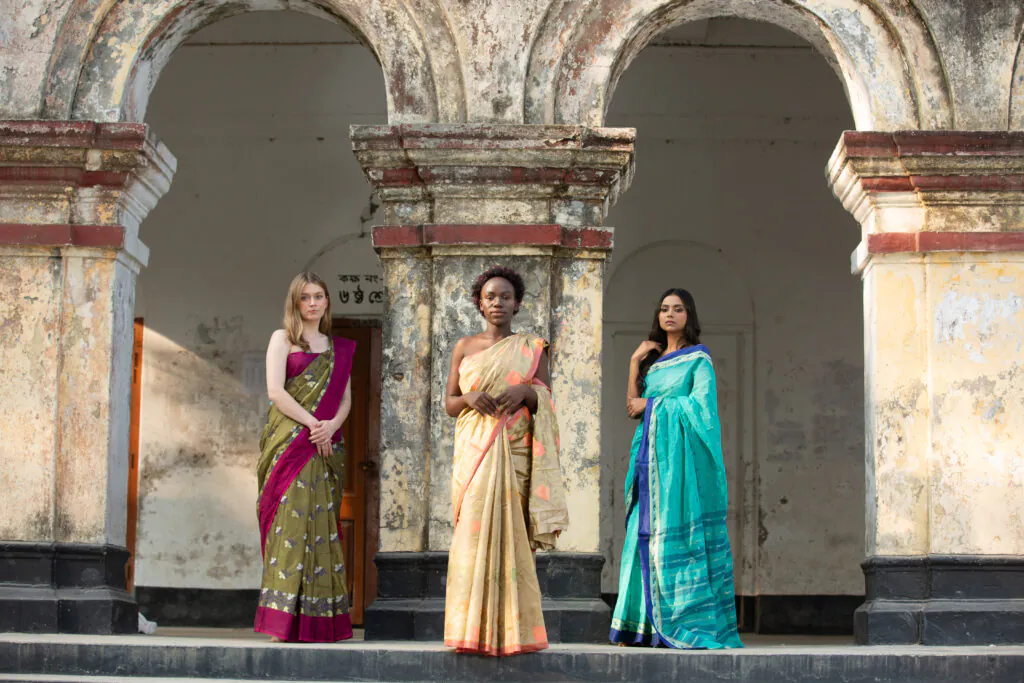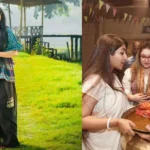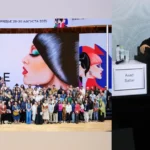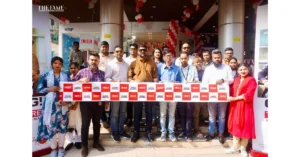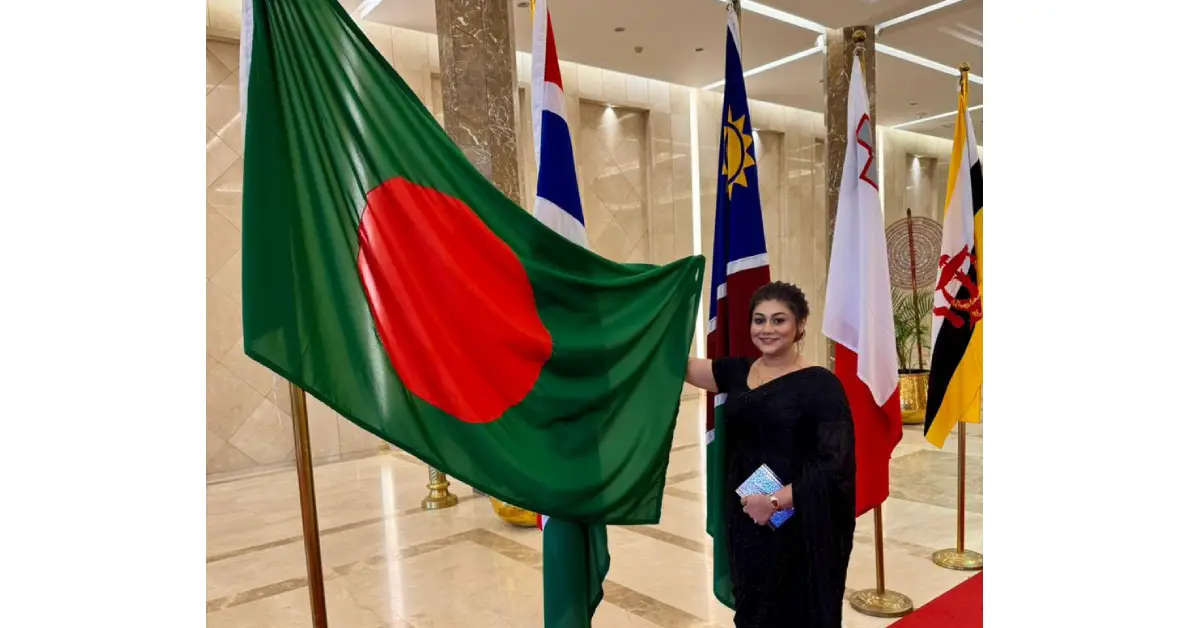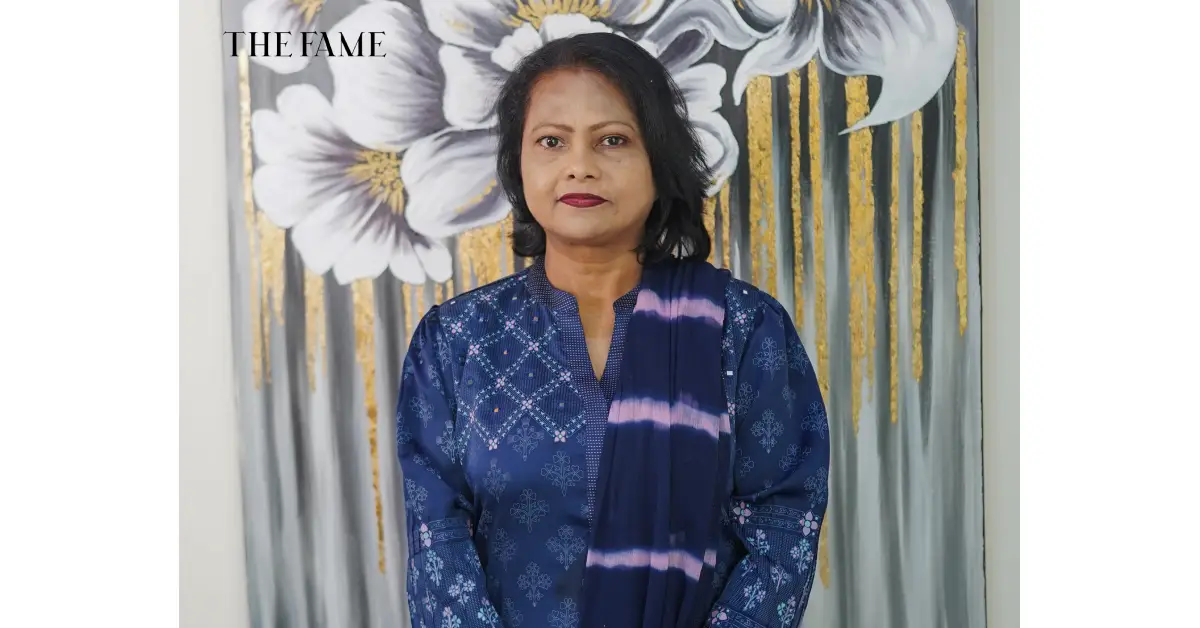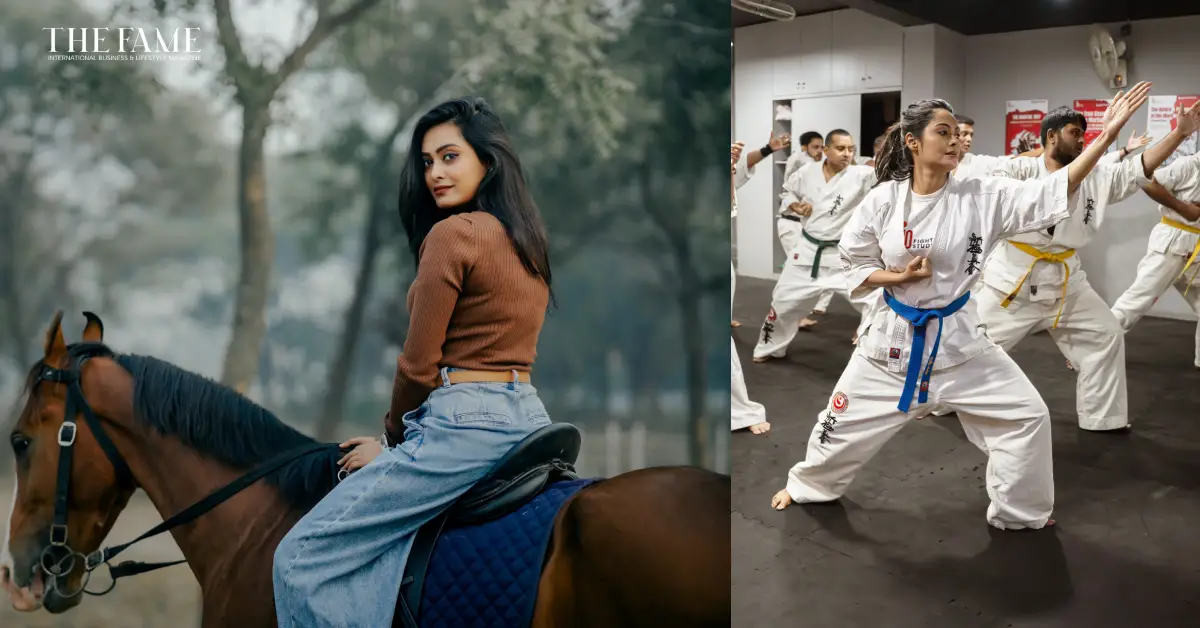The Tangail saree is more than cloth; it’s a thread connecting Bangladeshi generations. Each saree whispers a story, passed down by weavers for centuries. Though a recent controversy contested their origin, Tangail sarees are undeniably rooted in Bangladesh.
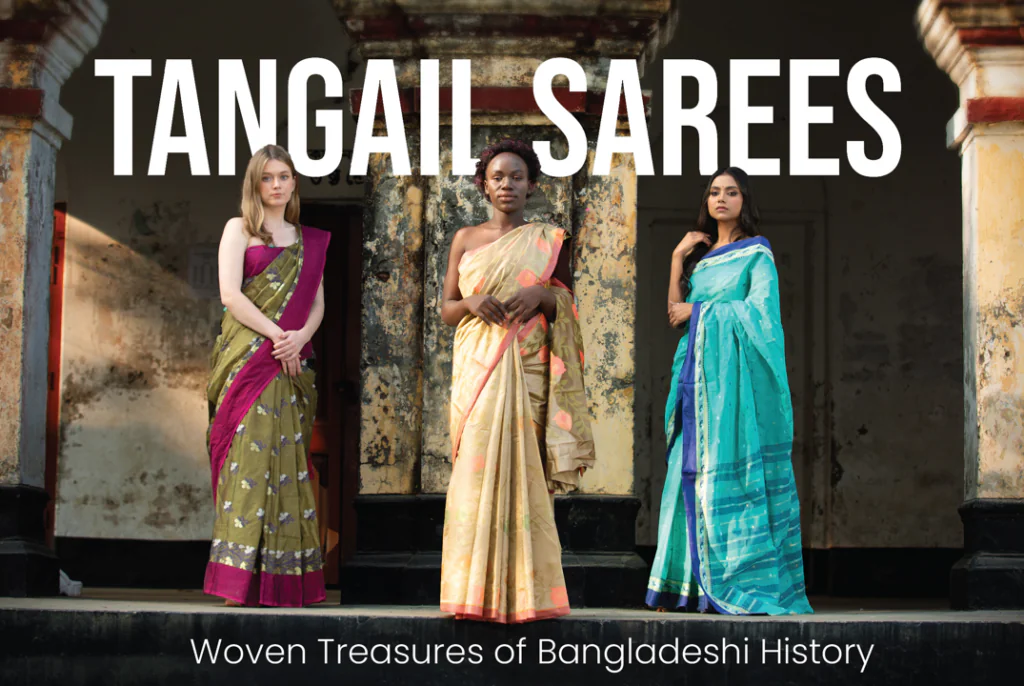
Centuries ago, weaver communities migrated to Tangail. Traditionally, they used looms like the “gorto tant” to create famed cotton sarees adorned with intricate “buti” patterns. Today, challenges loom large – power looms and economic pressures threaten this heritage craft. Yet, Tangail sarees evolve. New materials and designs coexist with the “natai” method, ensuring sarees soften and shine with every wash. Preserving this tradition is vital. Tangail sarees are a bridge to the past, a symbol of Bangladeshi culture, and a treasure worth protecting.
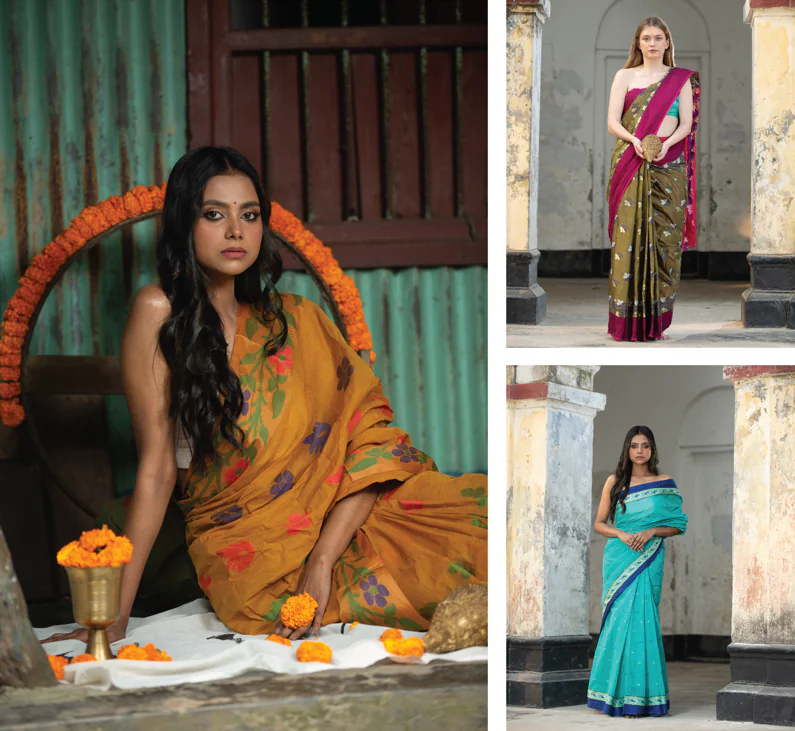
Let’s delve into their history. Weavers, known as “tantubays,” migrated from various regions before settling by the Dhaleshwari River. Traditionally Hindu, the Tangail weaving community welcomed Muslims who learned and embraced the craft. There were two main loom types: the near-extinct “gorto tant” and the “chittaranjan.” Initially, Tangail sarees were made from hand-spun cotton yarn.
Three types existed – the “thaan” saree for widows, the “churi-paar dhuti” for men, and the “noksha-paar” and “buti” sarees for women. The “buti” saree, famed for its geometric patterns, was particularly popular. The number of “jhaphs” (shafts) used determined the complexity and weaving time. Interestingly, blouse pieces weren’t included initially, and their length has increased over time.
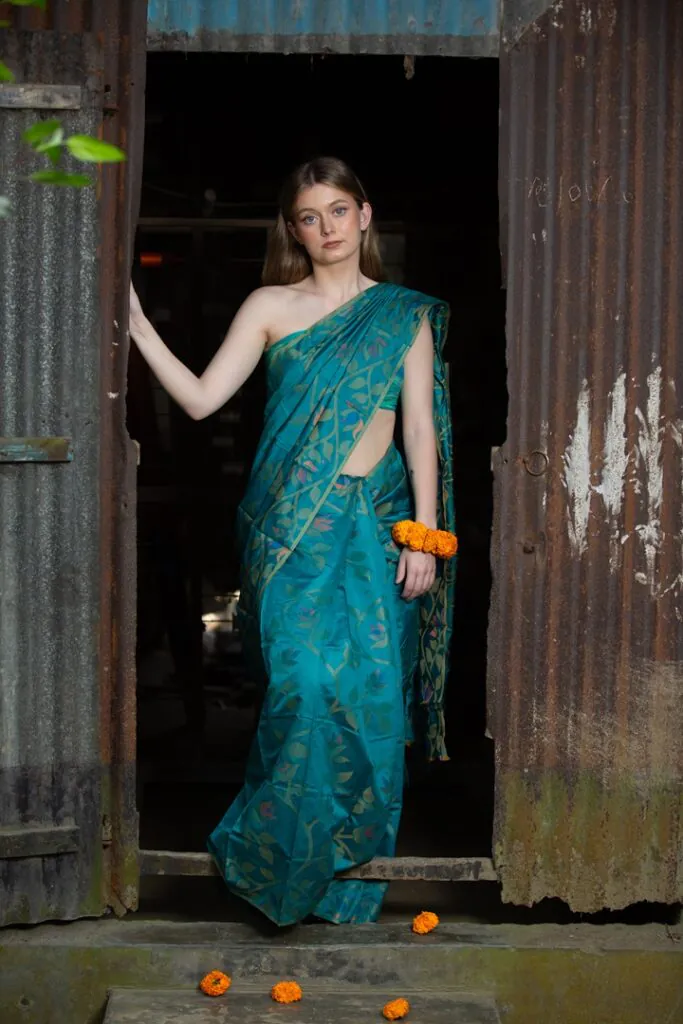
Models: Isa Hulterström Lundén, Lycia Calstar & Nabila Rahman
Photographer – Prottoy Ahmed
Tangail sharee
Tangail sarees boast superior quality. The “natai” method prevents shrinkage and enhances luster with washing. The moderate climate in Tangail is ideal for saree production, making Tangail weavers believe their sarees surpass those from West Bengal.
However, the future is not set in silk. Efforts are underway to revitalize the Tangail saree industry. Government initiatives like skill development programs and material subsidies aim to incentivize younger generations. Additionally, fashion designers are promoting Tangail sarees through fashion shows and online platforms, expanding their reach and economic viability. By bridging tradition with modernity, we can ensure this exquisite craft continues to weave its magic for generations to come.

